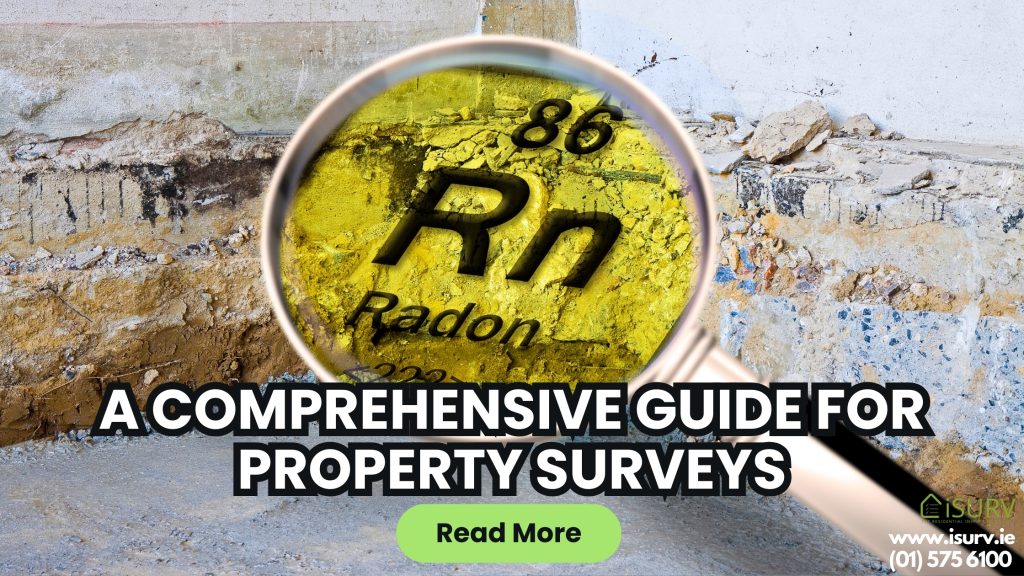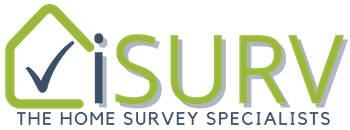
What is radon?
Radon is a radioactive gas that forms naturally. The decay of uranium, a mineral found in all rocks and soils, is the cause of radon gas. It is invisible, odourless, and tasteless, making it impossible to detect without specialised equipment. Although low radon levels are present outdoors, they can accumulate to dangerous concentrations indoors, particularly in enclosed spaces like homes and workplaces.
Health risks associated with radon gas
In Ireland, radon is the leading source of radiation exposure, accounting for approximately 56% of total radiation exposure. Alarmingly, about 350 cases of lung cancer each year in Ireland are directly linked to radon exposure. The gas produces tiny radioactive particles that can be inhaled into the lungs. These particles can become lodged in the lung tissue, as they emit radiation, damaging lung cells and, over time, increasing the risk of lung cancer. The risk is particularly high for smokers, as the combination of tobacco smoke and radon exposure greatly amplifies the likelihood of developing lung cancer.
Who is at risk?
The Environmental Protection Agency (EPA) has developed a detailed radon risk map for Ireland, which is regularly updated. By entering your address into the EPA’s online tool, you can check the radon risk level for your property. Recently, areas like Sandyford, Dundrum, and Killiney have been reclassified as higher risk than previously thought. Other regions, such as Cork City and County, Waterford, Carlow, Laois, and Galway, have been long recognised as high-risk zones, where approximately 1 in 5 homes may have elevated radon levels.
Testing for radon gas
Given the health risks, testing your home for radon is essential, even if your neighbours already have. Each home can have different radon levels depending on construction type, soil permeability, and ventilation.
You can obtain a radon testing kit from several approved companies. These kits include small, passive radon detectors, which are typically round, plastic discs about the size of the palm of your hand. For accurate results, place one detector in a bedroom and another in a living room, these are the rooms where occupants spend most of their time. The detectors need to remain in place for three months, after which you send them back to the testing service for analysis. The results will provide you with an accurate measurement of radon levels in your home.
How to fix high radon levels
If radon levels in your home or workplace exceed the recommended safety thresholds, immediate action is necessary. For buildings constructed after 1st July 1998, Irish building regulations require the installation of a standby radon sump. This simple pipe system extends from under the foundations to the outdoor air. The radon sump can be activated by adding a fan. It draws radon-rich air from beneath the building and expels it outside, preventing it from entering your living spaces.
However, it’s important to note that a standby sump without an active fan will not reduce radon levels. An activated radon sump is highly effective, often reducing radon levels by 60% to 99%. The installation of such a system typically costs around €925, but the price can vary between €400 and €1,500 depending on the complexity of the work.
Increasing ventilation at ground level is a simpler, less invasive solution for homes with moderate radon levels. Installing wall vents or window trickle vents can reduce radon concentrations by up to 50%. This method is most effective at ground level, as additional ventilation on upper floors may inadvertently increase the flow of radon into the home. The cost for this ventilation work usually ranges from a few hundred euros.
Conclusion
Radon is a silent but serious threat to health, particularly in areas identified as high-risk by the EPA. Regular testing and appropriate mitigation strategies are crucial in ensuring the safety of your home or workplace. If you live in a high-risk area or suspect elevated radon levels, consider getting your property tested and, if necessary, taking the appropriate steps to reduce radon exposure.
For more information, and professional advice, or to arrange a radon test, visit www.isurv.ie or contact us at info@isurv.ie.
